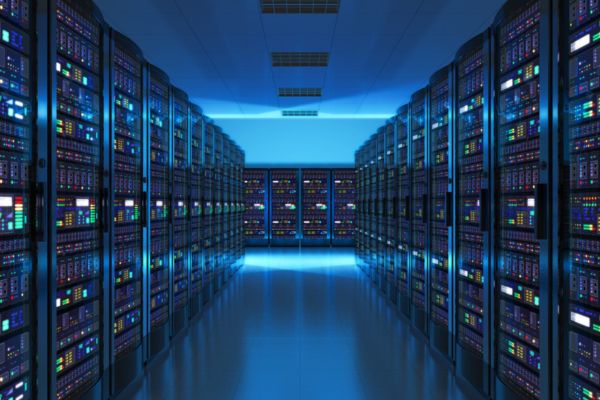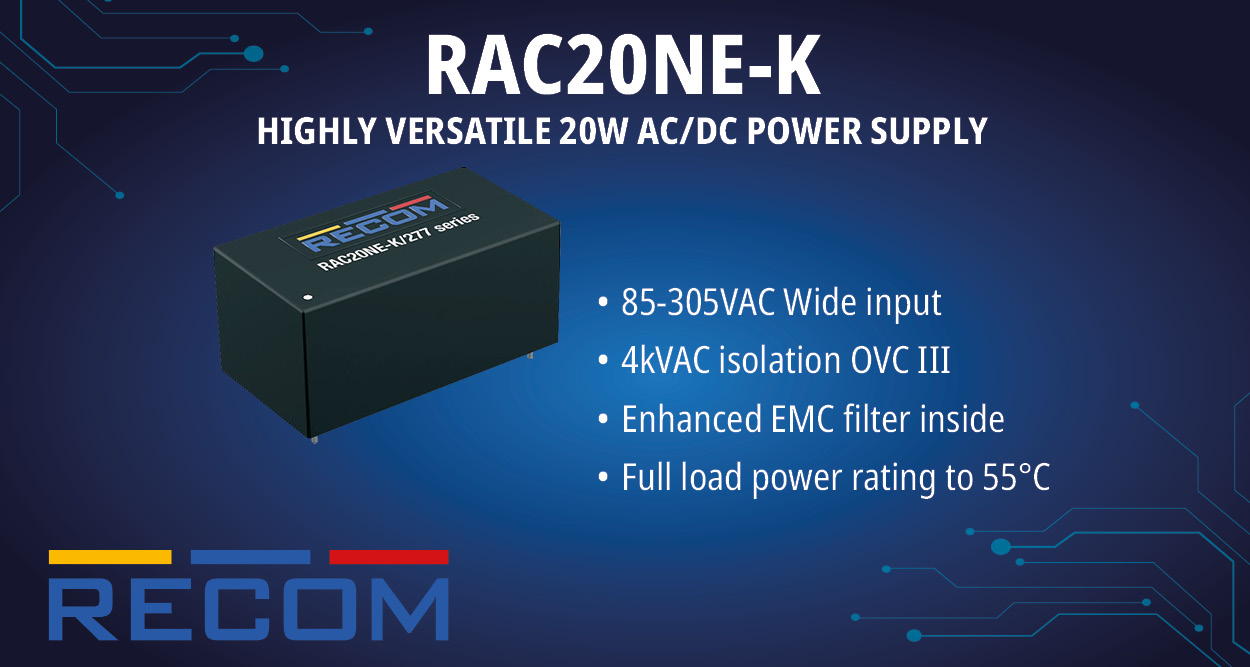The global data center market was valued at USD 217.65 billion in 2024 and is projected to reach approximately USD 481.73 billion by 2034, growing at a CAGR of 11.4% from 2025 to 2034. The U.S. market alone was estimated at USD 54.42 billion in 2024.
Key growth drivers include the rapid expansion of cloud computing, artificial intelligence (AI), and the surging demand for data storage. Enterprises are increasingly adopting hyperscale and edge data centers to enable faster data processing closer to end-users. The rise of 5G networks, IoT devices, and streaming platforms continues to drive demand for scalable, high-performance data center infrastructure.
Investments in data sovereignty, cybersecurity, and sustainability are shaping the industry, leading to innovations in liquid cooling, renewable energy integration, and modular design. As digital services become more critical, future data centers will focus on AI-driven automation, energy efficiency, and resilient infrastructure to meet escalating data needs.
What is a Data Center?
A data center is a dedicated facility that houses computing infrastructure such as servers, storage systems, networking hardware, and security mechanisms. It supports digital operations including cloud services, enterprise applications, and data management. Designed for high availability, data centers are equipped with power backup, cooling systems, and physical and cyber protection.
Data centers can be categorized as:
- On-premises: Located within an organization’s facility
- Colocation: Shared by multiple clients
- Cloud-based: Operated by third-party providers
- Edge: Positioned closer to end users for reduced latency
They are essential for industries and tech companies like Google, Amazon, and Microsoft, especially as demand surges from cloud adoption, AI, IoT, and big data analytics. Energy-efficient and green data centers are becoming a priority to reduce environmental impact and operational costs.
Key Market Insights
- Cloud and AI Adoption: Over 70% of enterprises have adopted cloud-based solutions, fueling demand for scalable data center infrastructure.
- Edge Computing Surge: Edge data centers are growing at a projected rate of 20% annually, driven by 5G and IoT proliferation.
- Energy Efficiency: Approximately 60% of new data centers are designed with renewable energy use and carbon-reduction targets.
- Cybersecurity Focus: Spending on data center cybersecurity is rising by 15% per year to combat escalating threats.
- Hyperscale Growth: Tech giants operate over 800 hyperscale data centers globally, led by AWS, Google, and Microsoft.
Market Highlights (2024)
- North America: Largest revenue share at 35.72%
- Europe: Second-largest share at 22.70%
- By Type: Enterprise data centers accounted for 39%
- By Component: Hardware dominated with 64%
- By Design: Traditional setups led with 74%
- By Tier: Tier 3 facilities held 54%
- By Enterprise Size: Large enterprises contributed 81%
- By PUE (Power Usage Effectiveness): The 1.2–1.5 range made up 44%
- By Redundancy: N+1 systems captured 59% of the market
Emerging Trends in the Data Center Market
1. ESG Integration and Sustainable Infrastructure
Organizations are aligning Environmental, Social, and Governance (ESG) goals with their digital infrastructure. With AI intensifying energy demands, data centers are investing in sustainable solutions, including low-emission technologies and water-efficient cooling systems. These efforts reduce carbon footprints while supporting long-term cost efficiency.
2. Hybrid Cloud Adoption
More businesses are leveraging hybrid cloud models to combine the security of private clouds with the scalability of public clouds. This approach offers flexibility and better resource allocation. For example, companies like Amdocs and Vodafone are using Microsoft Azure to modernize data centers and integrate legacy systems with cloud-native services.
3. Edge Computing Expansion
As connected devices multiply, centralized data processing becomes less efficient. Edge computing decentralizes processing by placing data centers closer to users, enhancing real-time responsiveness and reducing network congestion. Companies like AWS and American Tower are making significant investments in edge infrastructure.
4. Advanced Chip-Level Security
Cybersecurity remains a top concern, driving innovation at the hardware level. Google’s OpenTitan project exemplifies efforts to build trusted chip architectures, ensuring that servers boot securely and are protected from firmware-level attacks. This type of chip-level security provides foundational trust in hardware and system integrity.
Data Center Market Segment Analysis
1. Components Analysis
Hardware
The hardware segment led the market in 2024, driven by the growing demand for high-performance computing, advanced storage solutions, and robust networking equipment. As the backbone of data centers, hardware includes physical components such as servers, storage arrays, switches, and routers, all essential for processing and storing vast volumes of data.
Software
Software plays a critical role in managing, optimizing, and securing data center operations. It encompasses operating systems, virtualization platforms, automation tools, and infrastructure management solutions. The increasing focus on software-defined infrastructure and automation is fueling this segment, enabling better resource allocation and operational efficiency.
Services
Support services—including installation, maintenance, consulting, and performance optimization—are integral to data center success. As data center environments grow more complex, businesses rely on service providers for expertise, customization, and ongoing support, making services a critical element in sustaining performance and scalability.
2. Type Analysis
Enterprise
Accounting for the highest revenue share in 2024, enterprise data centers are privately operated facilities owned by corporations to manage internal IT infrastructure. These centers offer greater control, security, and customization aligned with corporate requirements.
Edge
Edge data centers process data closer to the source, reducing latency for real-time applications such as IoT, media streaming, and edge analytics. Positioned in distributed or remote locations, they support decentralized computing for enhanced speed and performance.
Colocation
Colocation centers lease space and infrastructure to multiple clients, offering shared power, cooling, connectivity, and security. They are a cost-effective solution for organizations seeking data center benefits without the capital investment of building their own facilities.
Hyperscale
These large-scale facilities support global cloud platforms and large internet-based services. Built for massive scalability, they provide vast computational and storage capacities, ideal for cloud-native applications and high-volume data workloads.
High-Performance Computing (HPC)
HPC data centers are engineered for maximum processing power, using aggregated computing resources and parallel processing to solve complex problems. They are vital for scientific simulations, AI modeling, and other computation-heavy tasks, offering world-class energy efficiency and speed.
3. Capacity Analysis
- Below 100 MW: Ideal for smaller enterprises or facilities with modest power needs, often used in localized operations or limited-scale deployments.
- 101–800 MW: Serves medium to large businesses with higher computing needs but not yet at hyperscale level.
- Above 801 MW: These facilities serve cloud providers and tech giants, offering infrastructure for massive global workloads and large-scale digital ecosystems.
4. Design Analysis
Traditional
Dominating the market in 2024, traditional data centers use custom-built architecture, offering stable but less flexible infrastructure. They typically have longer setup times and are less adaptive to rapid changes in demand.
Modular
Prefabricated modules allow faster deployment and scalability. Modular data centers offer flexibility, enabling organizations to expand or reduce infrastructure as needed.
Containerized
These mobile, container-like data centers offer rapid deployment in remote or temporary locations. They are agile and cost-efficient, ideal for military, disaster recovery, or project-based needs.
5. Tier Analysis
- Tier 1: Basic setup with minimal redundancy. Suitable for non-critical applications where occasional downtime is acceptable.
- Tier 2: Offers some redundancy and improved uptime over Tier 1. Geared toward small to medium businesses.
- Tier 3: Provides concurrent maintainability with multiple distribution paths for power and cooling. Ideal for organizations requiring consistent uptime for mission-critical operations.
- Tier 4: Highest level of fault tolerance and system redundancy. Designed for zero downtime, commonly used by financial institutions and large enterprises requiring 24/7 availability.
6. End-Use Industry Analysis
BFSI (Banking, Financial Services & Insurance)
Data centers support secure financial transactions, customer data storage, and compliance with stringent regulatory frameworks. High availability and data security are paramount.
Government
Driven by digital governance initiatives and public cloud adoption, governments require scalable, secure, and reliable infrastructure for citizen services, data storage, and compliance.
IT & Telecom
Modern IT and telecom firms demand agile, high-speed infrastructure to handle dynamic workloads and real-time services. Data centers are integral to network performance, cloud computing, and service delivery.
Healthcare
The digitization of healthcare has increased the need for secure data storage and processing. Data centers ensure data privacy, regulatory compliance, and availability of electronic health records and AI-driven diagnostics.
Others (Retail, Energy, Entertainment, etc.)
- Retail & E-commerce: Support for high-volume transactions, customer analytics, and seamless user experiences.
- Energy: Optimize operations like smart grid management and renewable resource planning.
- Entertainment: Enable high-quality content streaming and low-latency media delivery via content delivery networks (CDNs) and ISPs.
Regional Market Analysis
North America
- 2024 Market Size: USD 77.74 billion
- 2034 Projection: USD 172.07 billion
- Key Drivers: Surge in hyperscale facility construction, cloud adoption, green energy initiatives, hybrid cloud, and edge computing.
Europe
- 2024 Market Size: USD 49.41 billion
- 2034 Projection: USD 109.35 billion
- Key Drivers: Commitment to sustainability, AI integration, and hybrid cloud solutions, along with a strong regulatory framework.
Asia-Pacific
- 2024 Market Size: USD 67.82 billion
- 2034 Projection: USD 150.11 billion
- Key Drivers: Growing digital adoption, modular data center deployment, and investments in AI and edge infrastructure.
LAMEA (Latin America, Middle East & Africa)
- 2024 Market Size: USD 22.68 billion
- 2034 Projection: USD 50.20 billion
- Key Drivers: Digital transformation, cloud service growth, and infrastructure expansion led by projects such as Microsoft’s data centers in UAE and South Africa, fostering innovation and job creation.
Ask here for PDF Sample@ https://www.cervicornconsulting.com/sample/2504
















